I'm using django-allauth with Django 1.5.1 and I have a few questions when setting it up:
1. Configure urls.py
The docs says that you have to add the following to urls.py file:
urlpatterns = patterns('',
...
(r'^accounts/', include('allauth.urls')),
...
)
The problem is that I already have a custom app called accounts and I already use the following URL pattern:
(r'^accounts/', include('accounts.urls')),
So I have a naming collision here with the accounts/ regex URL. My question is: can I rename the allauth URL pattern to (r'^auth/', include('allauth.urls')) without having problems, or is it unsafe to do so and it'd be better to rename my own URL to something like (r'^users/', include('users.urls')) (and rename my accounts app to users for naming consistency).
2. Customize allauth default templates
What is the proper way to customize the default templates for login, etc.? I think that modifying the library directly is not the best approach. I guess it should be done through templates directory using some concrete directory hierarchy. Also, I don't know if some kind of base.html file must be provided to extend from when overriding these templates or the site's base.html that all pages extend can be used without problems. Could you illustrate me with this?
3. Admin login form shows logins and logouts the first time it's accessed
When I access the admin panel after some logins and logouts the history appears, but if I refresh the page then it disappears. I think this must be something related with the django messages:

4. Setting SOCIALACCOUNT_PROVIDERS
Is the dictionary setting called SOCIALACCOUNT_PROVIDERS optional or must it be set?
5. How is the password calculated when a user signs in with a 3rd party app?
When the user is created it has a password, but how is it calculated? And... is it useful or is it only a placeholder for this required field? Can the user use it to local login?
Thanks!